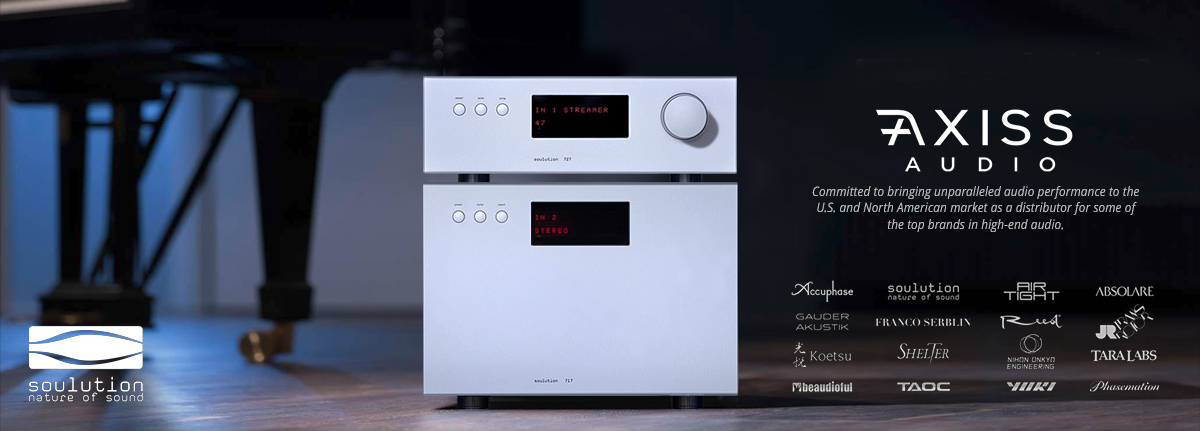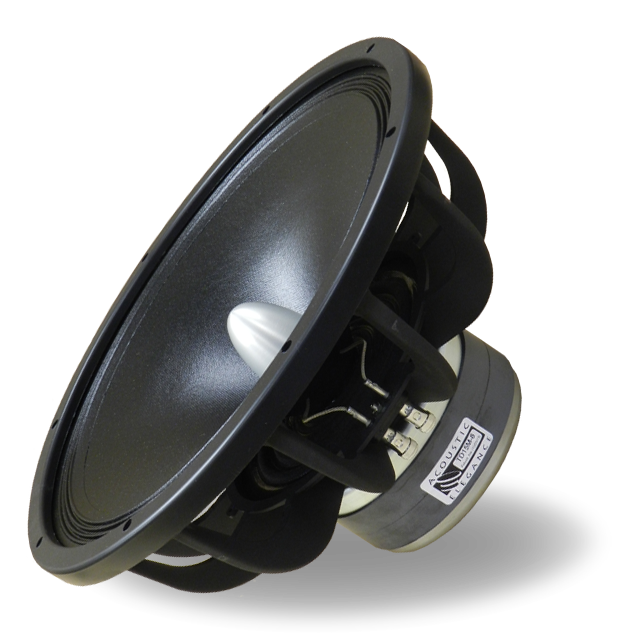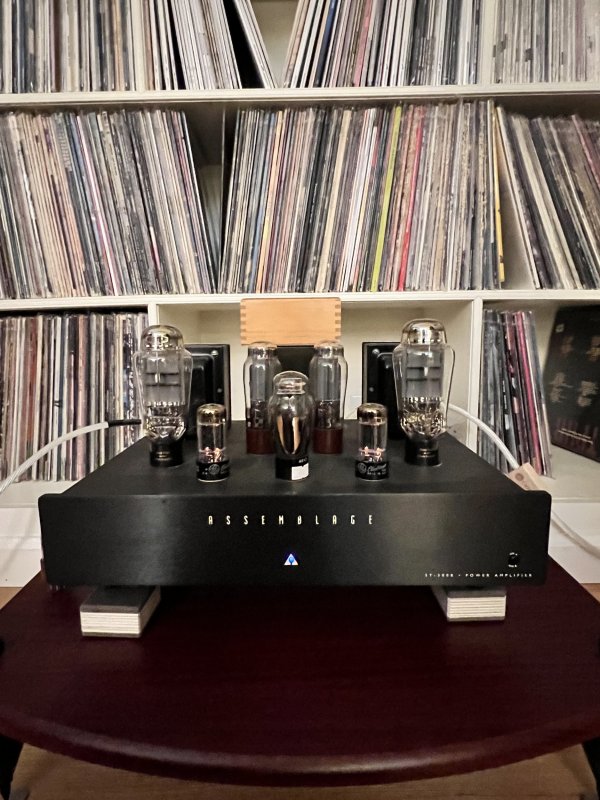No, it doesn't matter what you say now. What you said then was...nothing, which indicates you didn't have an issue with the measurements at the time they were made. Where is the manufacturer's response? Also, it is the only independently published set of measurements that is available on the internet for one of your amps.If they had a facepalm emoji I'd use that.
So it doesn't matter to you when I say that Soundstage grounded a speaker terminal, so got incorrect results?
How that can happen is if you apply a sine wave from a signal generator, and that signal generator is grounded by its AC cord, and then you connect a distortion analyzer at the output which is also grounded, unless you take care using a differential probe or isolation transformer, as soon as you connect the analyzer, one speaker terminal will be at ground. I explained what happens earlier.
Do you not read what I write or do you choose to ignore it?
So, I did not ignore you but I disregard what you say because it contradicts the facts available.


















